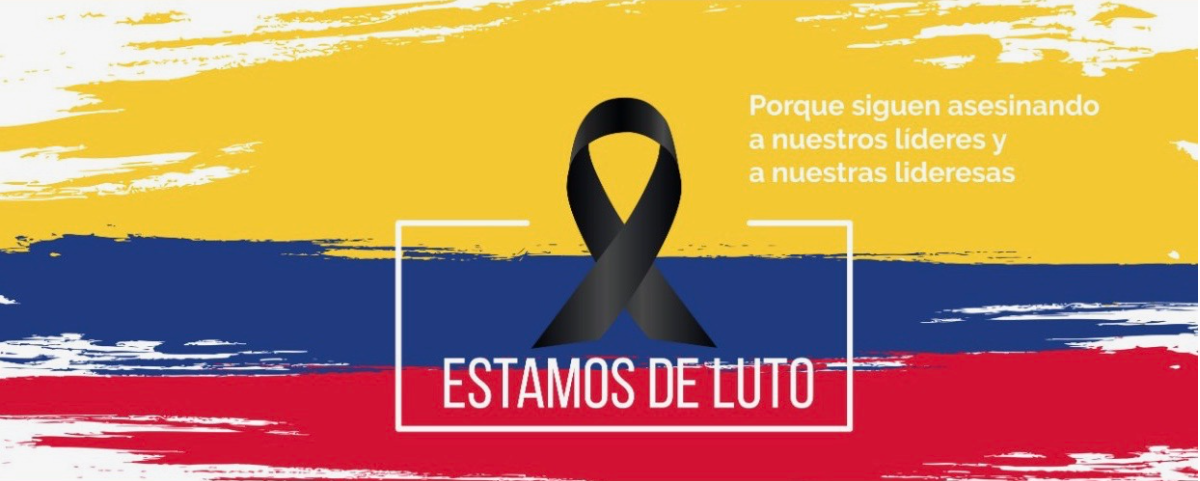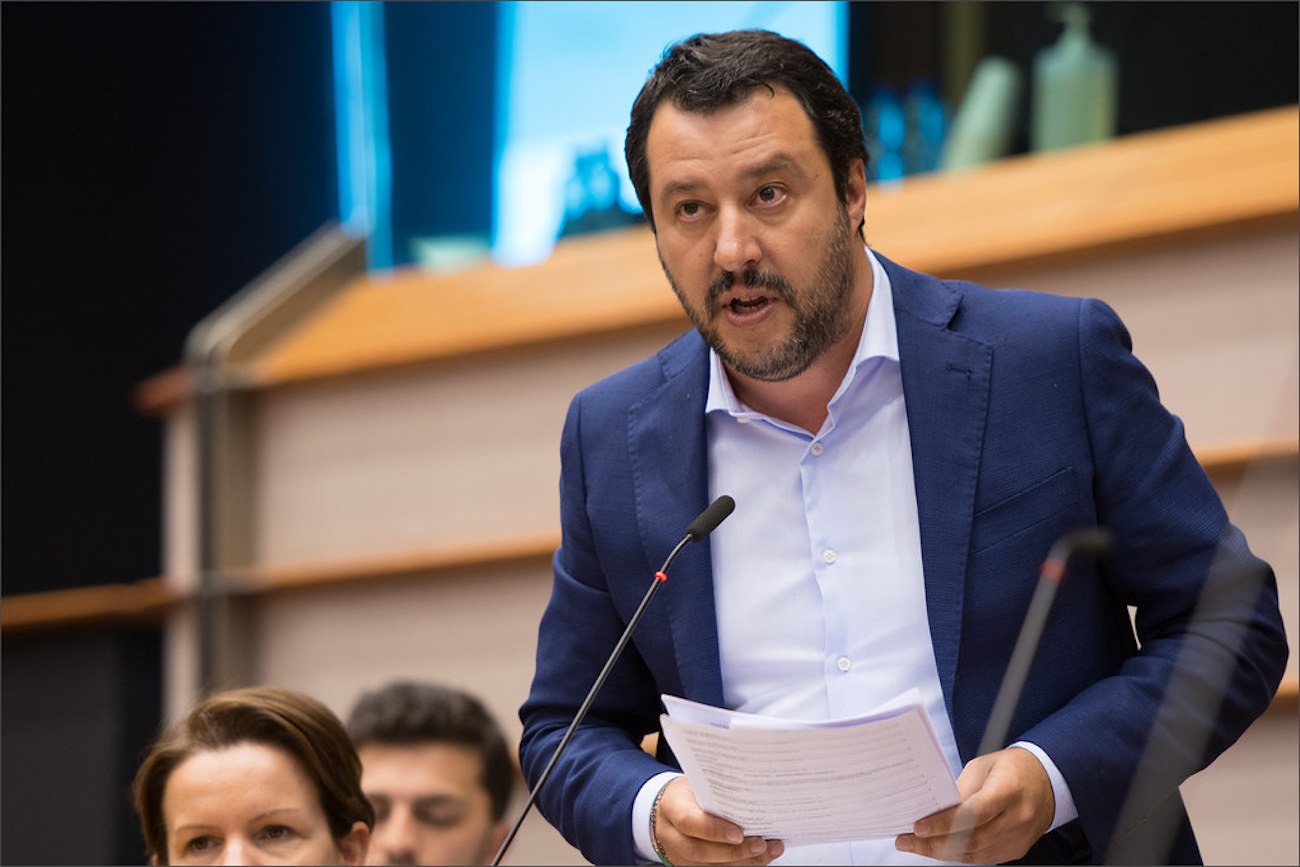There has been an increasing awareness of the murders of social leaders in Colombia. Indepaz [1] registered 872 murders from January 2016 to May 2019 related to post-conflict tensions and disputes. Out of the 872 victims, 702 were human rights defenders and social leaders. Among them were environmentalists, community leaders, indigenous leaders, land restitution leaders, Peace Agreement defenders, and former FARC-EP heads. The remaining 135 people were ex-combatants killed during the reintegration process.
There is an atmosphere of pessimism and distrust towards Duque´s government as confirmed by the surveys conducted by Invamer and Gallup Poll. Between the months of June and July 2019, President Duque’s approval rating decreased 8%, from 37% to 29%. Meanwhile, pessimism among the people is rising. 71% of the people interviewed by Gallup Poll and 68% interviewed by Invamer stated that the situation in Colombia is getting worse.
The social situation in the country is complex and is further aggravated during the pre-election time. On October 27, local and regional elections will be held in Colombia for the election of municipal mayors, provincial governors and representatives to legislative corporations, such as departmental assembles and municipal councils.
The Peace Agreement signed between the Colombian State and the FARC-EP in November of 2016 aimed to achieve the disarmament and demobilization of the FARC, one of Colombia’s most prominent guerrilla armies at the time. Political participation was discussed in point 2 of the Peace Agreement. This section presented guidelines for a “democratic opening” in order to achieve a real representation of Colombia’s regions, specifically the rural areas which have been excluded for years from this democratic exercise. Its needs and views were never before considered.
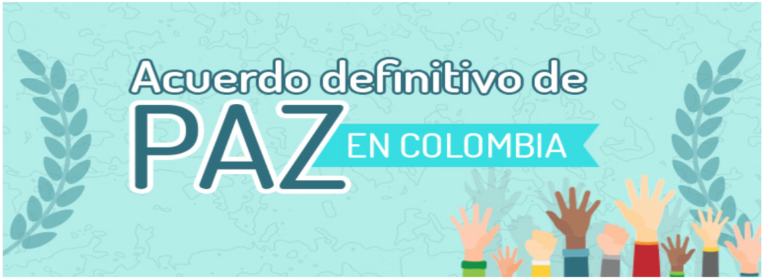
The political participation of peasants and indigenous groups as well as black people who were previously marginalized and ignored in their communities should be celebrated as a historical event. The agreement succeeded in disarming a guerrilla movement and replacing guns with speeches. The agreement presents an opportunity to consolidate a true democracy, achieved through political inclusion, reconciliation, and reconstruction of the social fabric destroyed by years of war. However, the situation is more complex than it seems. The old regional elites who have taken advantage of power refuse to lose it. New conflicts between organized armed groups (GAO) concerning drug trafficking, paramilitarism, and FARC-EP dissidents have developed. Disputes over territorial power and illegal incomes between the ELN and EPL guerrillas have increased with the FARC out of the picture. They have increased tensions and created a situation of insecurity in these territories, not only for the candidates of new parties, but also for social leaders, ex-combatants of FARC-EP, and civilian populations.
Who are the Social Leaders and Why are They Being Killed?
Social leaders are prominent members in their communities who become mouthpieces and channels of communication between the community and local and regional authorities. They are brave people who, in many cases, must fight and reject the influences of armed actors and drug traffickers. They defend the Peace Agreement and human rights in their territories. They are not guerrillas, paramilitaries, or drug traffickers themselves, but they have become military targets of these groups.

The reason for their activism is the same as it is for their communities. They fight for the restitution of lands that were taken during the conflict, defend their territories from illegal mining, and promote the fulfillment of the commitments made for the manual eradication of illicit crops and their substitutions. In the case of indigenous leaders, they defend their cultures, justice systems, languages and ancestral properties.
The insecurity in rural territories, small municipalities, and the bordering areas abandoned by FARC-EP after the Peace Agreement have generated unsustainable levels of violence. The violence has specifically targeted social leaders while disputes between criminal groups over the control of these territories (which the state did not manage to administer despite it being part of the agreement) continue.
Not a day goes by without a recorded murder. [2] It is a genocide that President Duque´s government doesn´t acknowledge and fails to stop. Instead, the Colombian government tries to deny the existence of these massive and systematic killings. And, when it is not possible to deny due to the hard evidence around them, the government justifies the killings or creates false explanations which are later controverted by the facts.
Editor’s Picks:
Colombia’s Peace Process: The Role of Activists, the Government, and the International Community
Colombia: A Divided Country in Search of Peace
My Truth, Your Truth, Their Truth, and “The” Truth: Indigeneity in the Americas
For instance, the Minister of Defense has said, “They kill [the social leaders] for women troubles” or “for adjustment of accounts.” These “explanations” re-victimize the victims’ families and accuse the dead of crimes they did not commit. Thus, at the expense of the leaders, the government evades its constitutional responsibility to guarantee the right to life and honor of Colombians.
In April 2019, Dimar Torres, a former FARC-EP combatant and a community leader, was tortured, killed, and buried in a grave by official military members in rural areas of Northern Santander. Once the news was published along with a video that showed the men digging the grave, the Minister of Defense, Guillermo Botero, spoke out in the media to justify the crime by stating that, “If there was a homicide there had to be some motivation.” A few days later, the Minister retracted his statement and acknowledged that the murder was an extrajudicial execution because General Diego Villegas, who is Commandant of the Vulcano Task Force and in charge of the security in that region, presented a public petition of forgiveness on behalf of the military institution.
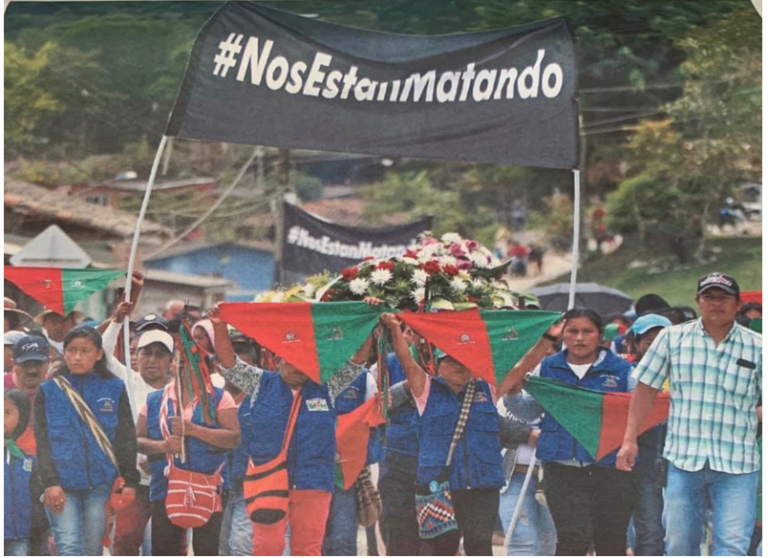
Source: Cauca´s Indigenous Regional Council (CRIC)
The Murder of Indigenous People
Much worse has happened with the Democratic Center Party. This political party, which is far from being democratic or even from the center, replicated tweets and declarations of Senator Uribe Vélez, concerning the murder of a man named Areiza that he considered as a “very good dead”. In another tweet, Senator Uribe expressed, “Good people have the right to kill.” In another opportunity, he said, “There are massacres with social meaning,” implying that some massacres can be justified. These expressions can be read as an invitation to exercise violence in a polarized country that has lived six decades of war.
The extent of the problem can be demonstrated by what is happening in the North of Cauca with the Nasa people. This indigenous group has suffered the killing of 45 members in 2019, including 36 who had leadership positions in their communities. Victims include the Chairman of the Communal Action Board, ancestral authorities, members of the indigenous guard, and even a traditional doctor.
Regarding the crisis in Cauca, Guillermo Botero excuses the government’s passivity by stating that: “The indigenous leaders are killed inside their borders and the government is respectful of their territories.” On another occasion he stated: “Here there are good people killing bad people.”
The government must change this passive attitude. It cannot stigmatize leaders or reduce the issue to a dichotomy of good and bad, because the situation is much more complex than that. It has to do with the restitution of stripped lands, illegal mining, the defense of natural resources and environmental protection areas, and the fulfillment of agreements of crop substitution and voluntary eradication. It has to do with drug trafficking and coca planting in the peripheral territories abandoned by FARC-EP. Despite the commitment made in the Peace Agreement, the government never arrived in this area to organize justice, authority, education, health care, and roads.

The situation of the social leaders is critical, and the government in most cases hasn’t been able to identify the perpetrators, even though it is prevalently known that they are members of the ELN, the EPL, extreme right groups that are consolidated under the name of Águilas Negras, and dissidents of the FARC-EP. While aggressions against social leaders such as threats, murders, attacks, arbitrary detentions, robbery and disappearances continue, no single incarceration has been achieved.
The civil society and international community have shown support and solidarity towards social leaders and their families. National and international demonstrations, mobilizations, and gatherings are seeking to pressure the government into stopping the genocide. They must continue, because Colombia cannot allow history to repeat itself. This genocide is reminiscent of Colombia between 1980 and 1990, when more than 4,000 members of the UP, Patriotic Union [3], were murdered, and these killings must stop before similar numbers are met.
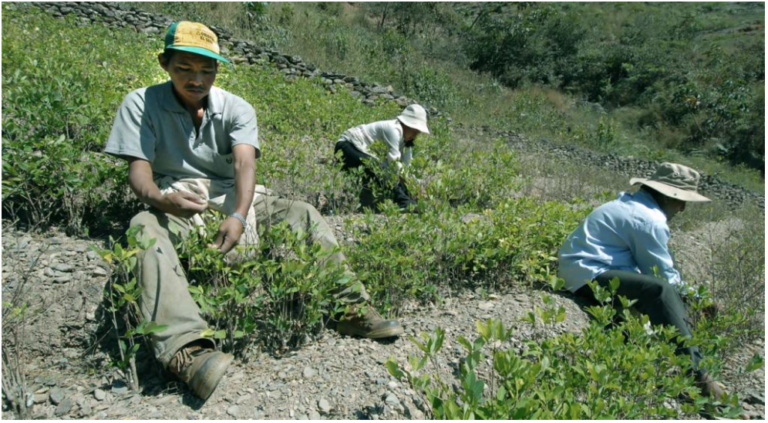
Source: Uniandes
What is the Solution?
The solution to this genocide must involve the development of a comprehensive, individual, and collective plan to protect leaders and the integral presence of the State along its whole territory. The government should commit to investing in social goods and services. They must control the territories that were abandoned by the FARC-EP, especially at the borders, which double as corridors for illicit economies, and in historically marginalized regions.
Furthermore, the government must fulfill its obligations and implement all 6 points of the Peace Agreement. They must pay particular attention to points 2 and 3, which define specific measures to guarantee security and create institutions for this purpose. Some of these institutions are the National Security Guarantee Commission, the Comprehensive Security System for the Exercise of Political Activities, and the Special Unit of the Prosecutor’s Office for the dismantling of paramilitary and criminal organizations.
It is imminent that the Peace Agreement be implemented without any more delays. A support and assistance plan for coca farmers and ex-combatants that allows them to transition from illegal to legal economies must be created. Finally, it is essential that an international and concerted approach to the problem of drug trafficking be taken. While coca is often supplied from Colombia, the drug issue is way more complex than the source of the drugs itself, and the issue must be tackled from multiple angles at multiple locations.
[1] Instituto de Estudios para el Desarrollo y la Paz, Marcha Patriótica. Informe “Todos los rostros todoslos nombres”, actualización a mayo 22 de 2019. (The Institute of Research for Development and Peace, Patriotic March. Report “All Faces, All Names” pubslished May 22, 2019.)
[2] For aditional information watch video in link: https://www.facebook.com/watch/?v=1276647149166765
[3] A left party founded in 1985 after a peace agreement signed by Colombian State and FARC-EP guerrilla


